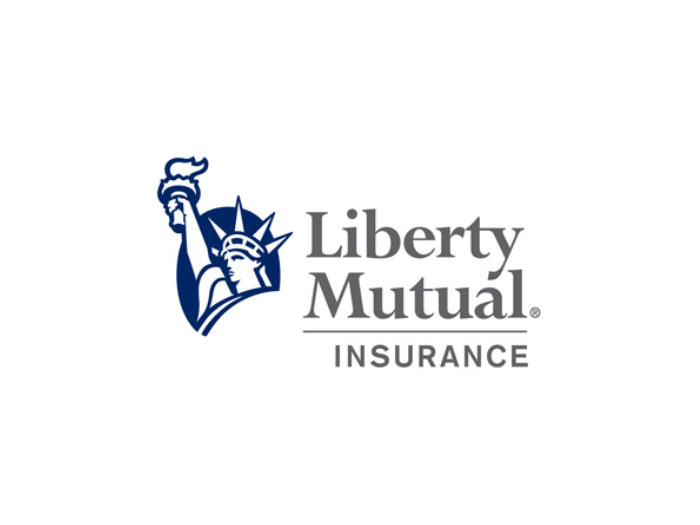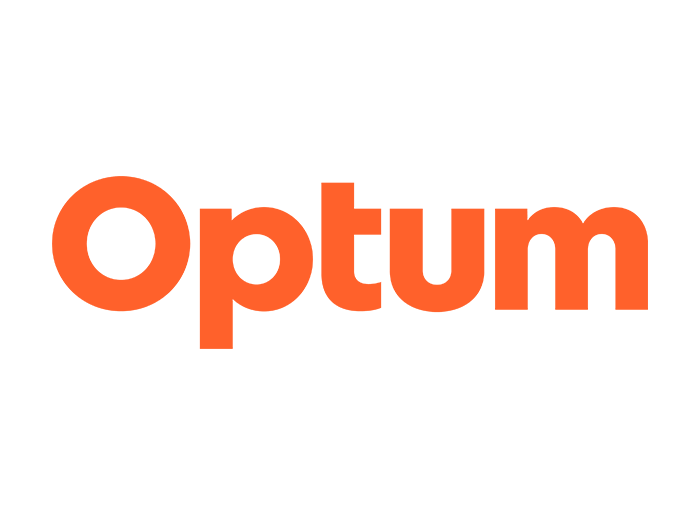What’s Inside the Higher Education Risk Manager’s Toolbox? Hint: It’s Spelled URMIA
When risk managers take jobs in the higher education sector, their new desks do not have a toolbox sitting on the top with their names engraved on it.
But many of those desks do come with a membership in the University Risk Management and Insurance Association (URMIA) and, in a lot of ways, it is one in the same — the URMIA toolbox just opens a bit differently and always has room for more tools, including its community.
More than 2,700 risk managers on campuses around the world peer inside their URMIA toolbox regularly for education, collaboration and inspiration to help them manage the infinite number of risks that are found and emerge on today’s higher education campuses.
URMIA combines higher education institutional members’ experiences and examples in a variety of risk settings with what risk and insurance industry professionals (e.g., insurers, brokers, TPAs, restoration companies, etc.) are seeing from their clients and their own research.
The organization then serves up a number of opportunities for all sides of the risk and insurance industry to learn and thrive.
The organization’s risk inventory is a good example of how information from all sides of the industry is taken and assembled into a tool that URMIA members can access at least annually.
The URMIA Risk Inventory helps members identify risks that are common to colleges and universities.
The living document breaks down 23 categories of risk into different risk areas divided into five common risk classifications: strategic, operational, reporting, compliance and reputation.
Members can easily create individual risk registers at any level and then share those registers with others in their institution — from institutional leadership to departments to different areas of functionality regardless of having a formal enterprise risk management (ERM) program in place.
The URMIA risk inventory can be used to:
- Create attractive institution- or department-specific risk registers.
- Review an institution’s risks at an enterprise-wide level to assess what risks have been identified, documented, mitigated or are not currently addressed.
- Highlight risks facing different departments or sectors of the institution (such as research, student affairs, human resources, crisis management, etc.) to better assess, manage and mitigate those risks.
- Clarify risk ownership by giving non-risk management employees a tool to help them assess risk mitigation progress and communicate needs to institutional risk management and leadership.
- Appreciate the various risks that may impacting the industry or are inherent to particular types of institutions.
How does information from the risk management and insurance industry complement this tool?
The inventory’s risk is reviewed regularly to determine if emerging risks on campuses, particularly those identified by URMIA’s affiliate or company members, need to be added to the classifications. These industry professionals lead conversations and educational sessions about trends that have either already found their way on campus or are expected to in the near future.
URMIA’s toolbox also includes a “watercooler area,” where members communicate with each other through discussion boards and virtual meetings. These mechanisms provide the opportunity for risk managers to collaborate outside some of their traditional connections to reach other colleagues and learn how their institutions are approaching and managing a particular risk or insurance topic.
The URMIA community also includes hundreds of specialists who are showcased in our affiliates service directory so that members can find each other. These industry specialists help higher education stay ahead of risks that are likely to find their way on campus.
Additionally, the URMIA toolbox includes a blueprint — our core competency model that lays out a framework of individual characteristics, including knowledge, skills, abilities and behaviors, which identify proficiency and excellence at different career levels and within the overall profession.
By defining the profession’s core competencies, URMIA hopes to further codify the extensive skillset required within the higher education risk management and insurance profession, ultimately creating a positive impact on outcomes and performance at institutions of higher education.
The core competency model is just one of thousands of documents in the URMIA library that aide risk managers in protecting their schools.
For most URMIA members, knowing that they are not alone in facing risk challenges and finding colleagues who are ready, willing, and able to share their experiences and suggestions and be part of another colleague’s professional network are enough reasons to keep the URMIA toolbox within arm’s reach. &










